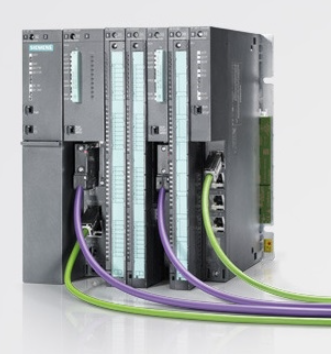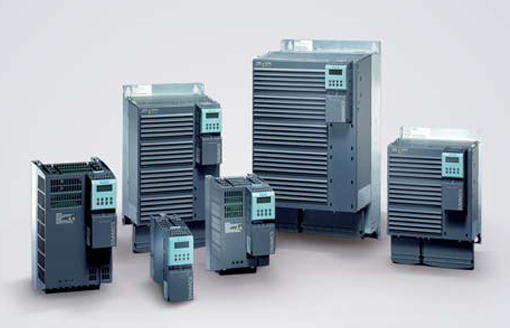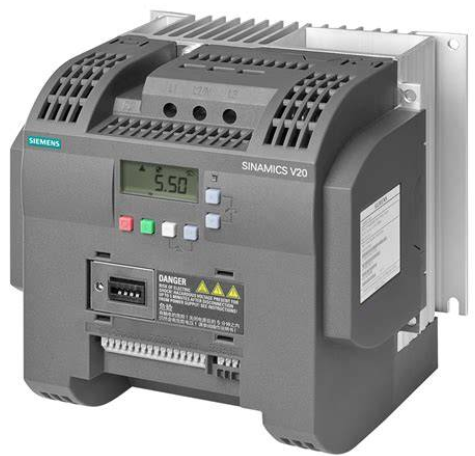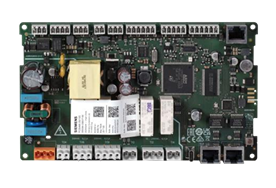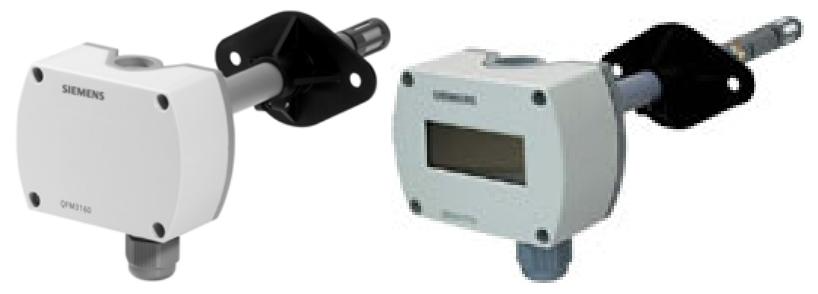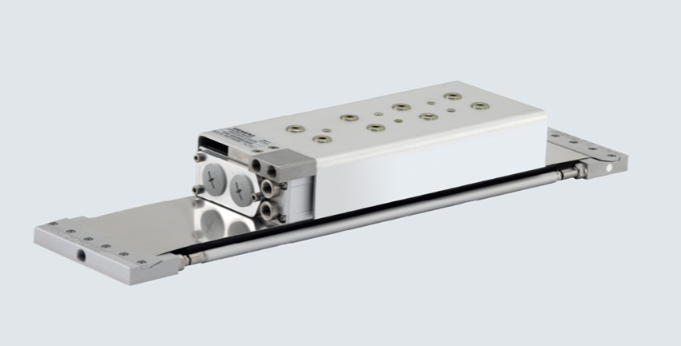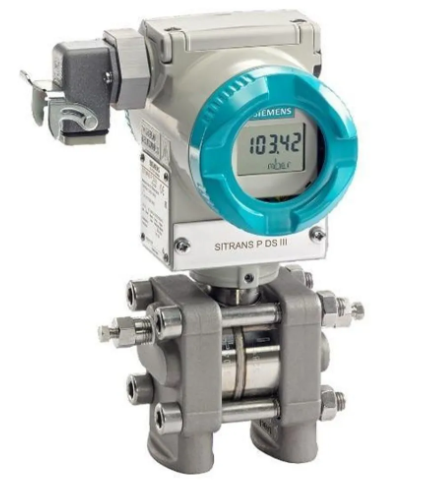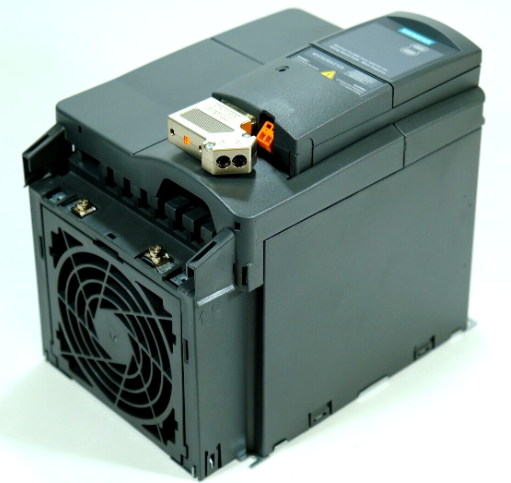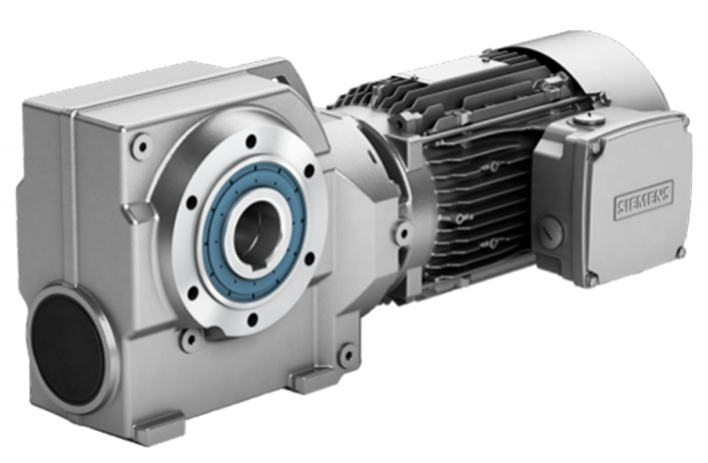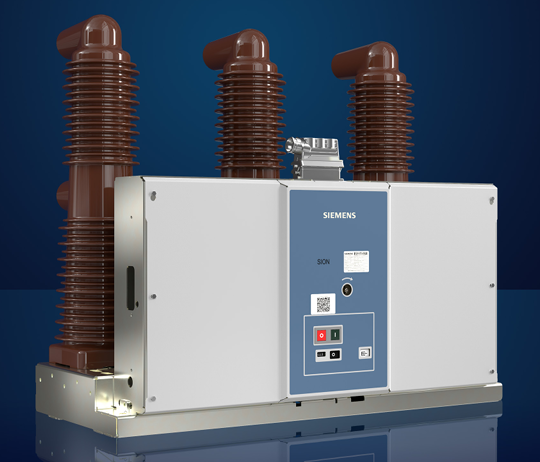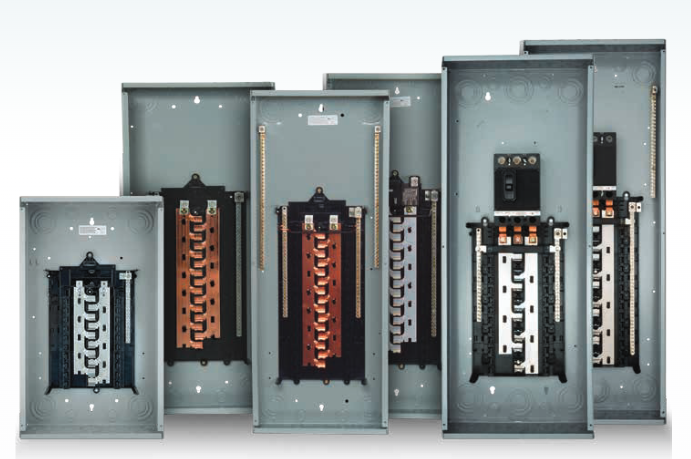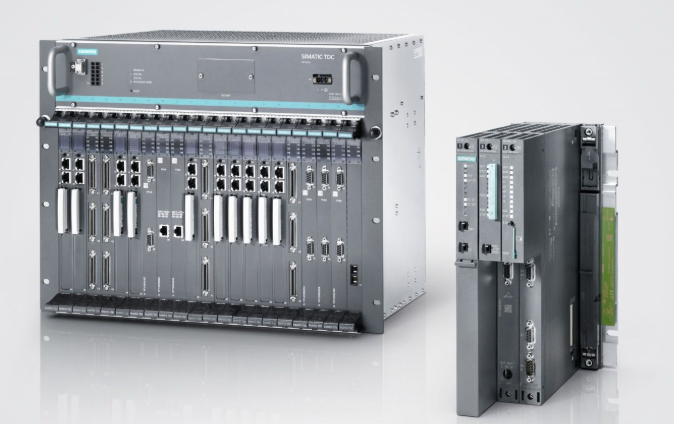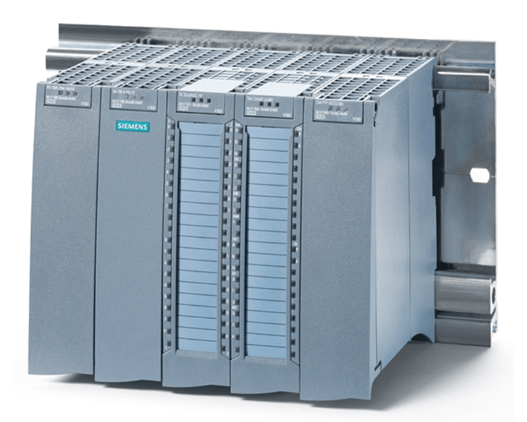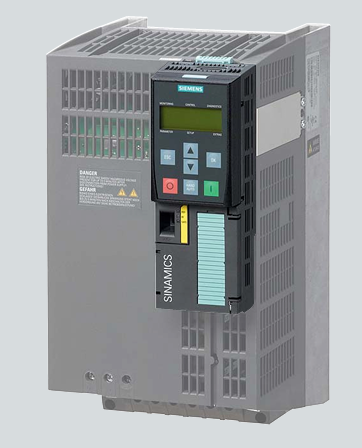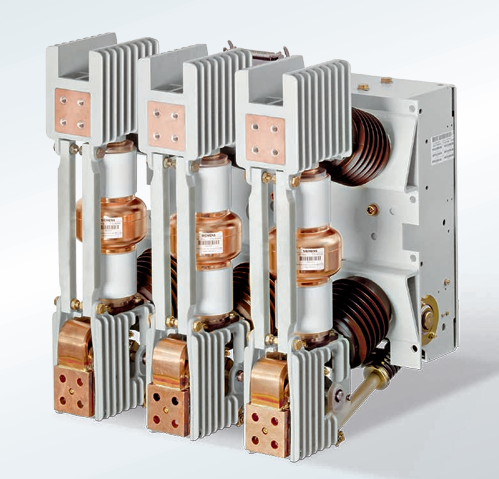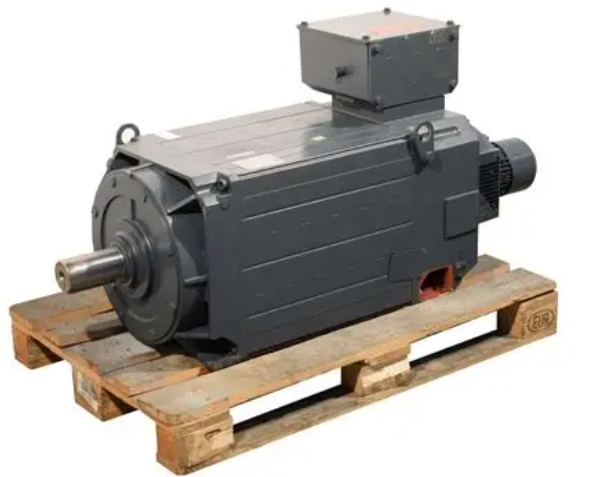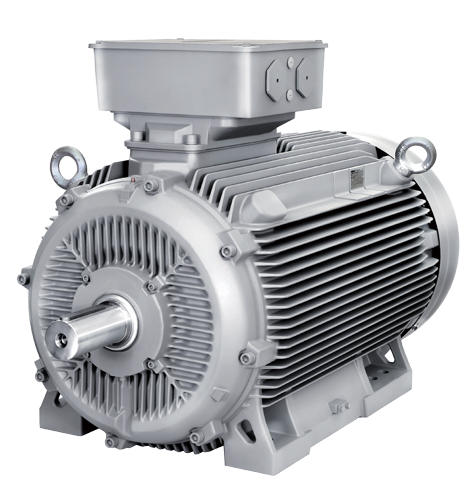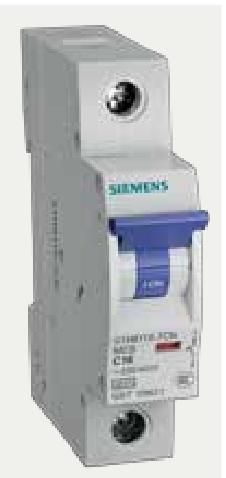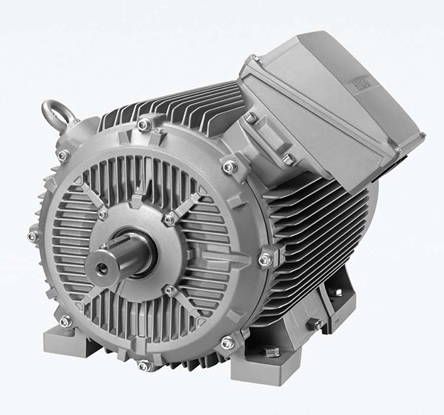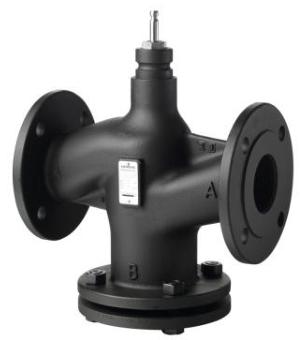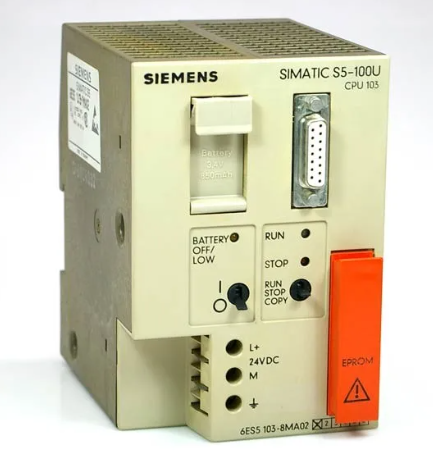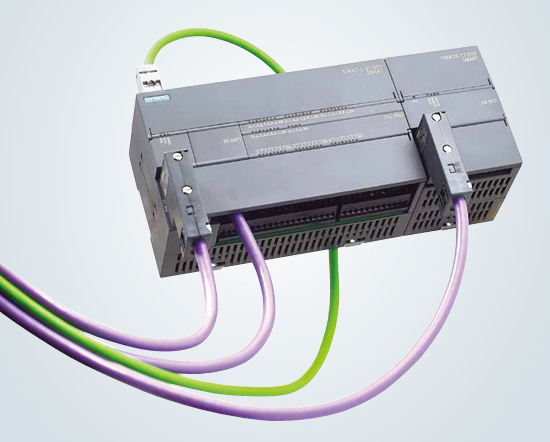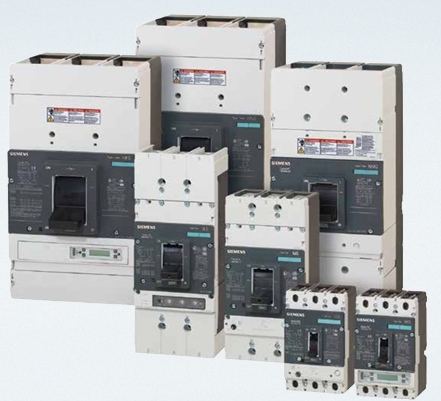The FOXBORO P0800DV fieldbus extension cable is a specialized transmission cable designed by the Foxboro brand specifically for fieldbus systems in the industrial automation field. Its core function is to achieve signal extension transmission between fieldbus devices and control systems, solving problems such as signal attenuation and unstable transmission caused by long installation distances in industrial scenarios. As a supporting product for mainstream control systems such as Foxboro I/A Series, this cable, with its rigorous industrial design standards, can ensure the integrity and reliability of bus signals in complex and harsh field environments, providing a basic transmission guarantee for the accuracy of process control.
FOXBORO P0800DV fieldbus extension cable
Product Overview
The FOXBORO P0800DV fieldbus extension cable is a specialized transmission cable designed by the Foxboro brand specifically for fieldbus systems in the industrial automation field. Its core function is to achieve signal extension transmission between fieldbus devices and control systems, solving problems such as signal attenuation and unstable transmission caused by long installation distances in industrial scenarios. As a supporting product for mainstream control systems such as Foxboro I/A Series, this cable, with its rigorous industrial design standards, can ensure the integrity and reliability of bus signals in complex and harsh field environments, providing a basic transmission guarantee for the accuracy of process control.
This product optimizes the signal transmission characteristics of fieldbus (such as PROFIBUS, Foundation Fieldbus, etc.) and has core advantages such as low loss, anti-interference, and environmental resistance. It is widely used in industries such as petrochemicals, power, metallurgy, and pharmaceuticals that require extremely high equipment stability and signal transmission quality.
Core performance parameters
The performance parameters of FOXBORO P0800DV cable have been precisely tuned to fully match the transmission requirements of industrial fieldbus. The key parameters are as follows:
1. Transmission characteristics: The characteristic impedance is designed to be 100 Ω± 20% (within the frequency range of 1-100MHz), perfectly matching the impedance characteristics of the fieldbus device, effectively reducing signal reflection and transmission loss; The maximum supported transmission rate can reach 12Mbps, meeting the data transmission requirements of medium and high-speed fieldbus, and ensuring real-time data transmission even over extended distances.
2. Conductor specifications: Multiple stranded oxygen free copper conductors are used, with a typical cross-sectional area of 0.64mm ² (depending on the actual specifications). Compared to single stranded conductors, it has better flexibility and is easy to bend and wire on site. At the same time, the oxygen free copper material ensures excellent conductivity and reduces attenuation during signal transmission.
3. Insulation and shielding structure: The insulation layer is made of high-density polyethylene (PE) material, which has excellent insulation resistance and chemical corrosion resistance, effectively avoiding signal interference between conductors; The shielding layer adopts a double-layer tinned copper wire braided+aluminum foil composite shielding structure, with a shielding coverage rate of over 95%, which can strongly resist electromagnetic interference (EMI) and radio frequency interference (RFI) in industrial sites, ensuring stable signal transmission in complex electromagnetic environments.
4. Environmental resistance: The working temperature range is -40 ℃~85 ℃, which can adapt to extreme high and low temperature industrial scenarios; It has good oil resistance, water resistance, and aging resistance, and can be used in damp and foggy workshops or outdoor installation environments; The sheath is made of flame-retardant polyvinyl chloride (PVC) or low smoke halogen-free (LSZH) material (selected according to the model), which complies with industrial fire safety standards.
5. Extended distance: At standard transmission rates (such as 1Mbps), the maximum extended distance can reach 100 meters; According to the different transmission rates, the extension distance can be flexibly adjusted. The lower the rate, the longer the extension distance can be, meeting the installation layout requirements of different on-site equipment.
Applicable scenarios
FOXBORO P0800DV, with its stable transmission performance and resistance to harsh environments, is suitable for various industrial automation scenarios. Its core applications include:
1. Petrochemical industry: used as a fieldbus control system for refineries and chemical plants, connecting pressure transmitters, flow sensors, valve positioners and other equipment scattered in the device area with the central control cabinet to achieve real-time data acquisition and control of the production process, adapting to corrosive gases and high temperature conditions in the chemical environment.
2. Power industry: In the auxiliary control systems of thermal power plants and hydropower stations (such as desulfurization and denitrification, water treatment), the transmission distance of fieldbus signals is extended, and various monitoring instruments and PLC control systems are connected to ensure the stable operation of power production auxiliary links.
3. Metallurgical industry: used in the smelting, rolling and other workshops of steel plants to achieve reliable connection between fieldbus equipment and control systems in high temperature and high dust environments, transmitting equipment operation status data and control instructions.
4. Pharmaceutical and food processing industries: In production workshops that comply with GMP standards, this cable has the ability to withstand cleaning and stability, and can be used to connect sensors and control systems for fermentation tanks, sterilization equipment, etc., ensuring precise control and data traceability of the production process.
5. General industrial automation: Suitable for fieldbus expansion of various production lines, such as automotive manufacturing and mechanical processing workshops, to solve the problem of insufficient signal transmission distance caused by scattered equipment installation and improve the automation control efficiency of production lines.
Key points for installation and use
To ensure optimal performance of FOXBORO P0800DV cable, the following precautions should be taken during installation and use:
1. Wiring specifications: Cables should be routed away from high-voltage cables (such as power cables), and the time distance between parallel laying should not be less than 30cm. When crossing, they should be laid vertically to avoid interference from high-voltage signals on bus signals; During the wiring process, excessive bending should be avoided, and the bending radius should not be less than 8 times the outer diameter of the cable to prevent damage to the conductor and shielding layer.
2. Shielding layer grounding: The shielding layer of the cable should adopt single ended grounding or double ended grounding method (selected according to the electromagnetic environment on site), and the grounding resistance should be less than 4 Ω to ensure that the shielding layer effectively plays an anti-interference role; The grounding terminal should be connected to a dedicated grounding terminal to avoid mixing with power grounding.
3. Joint processing: When connecting to fieldbus devices or connectors, specialized bus joints (such as M12 joints, terminal joints) should be used to ensure that the conductor connection is firm, the insulation layer is tightly wrapped, and to avoid signal attenuation or short circuit caused by loose joints or poor insulation; It is recommended to use waterproof sealing sleeves at the joints to enhance sealing in humid environments.
4. Length matching: Select the appropriate length of cable based on the actual distance of the on-site equipment to avoid excessive signal attenuation caused by long cables or inconvenient wiring caused by short cables; If the distance to be extended exceeds the maximum transmission distance of a single cable, it can be used in conjunction with fieldbus repeaters.
5. Environmental protection: In outdoor or humid, dusty environments, cables should be laid through galvanized steel pipes or cable trays to avoid direct exposure to the outside; In high-temperature areas (such as near heating equipment), it should be ensured that the distance between the cable and the high-temperature source is not less than 50cm, or high-temperature resistant sleeves should be used for protection.
Product advantages and precautions
5.1 Core advantages
-Brand guarantee: As a well-known brand in the field of industrial automation, Foxboro's products undergo strict quality testing, comply with international industrial standards (such as IEC 61158), have high reliability, and have a long service life (usually up to 8-10 years).
-Accurate matching: Designed specifically for fieldbus systems, with precise impedance matching and low signal transmission loss, it can more efficiently ensure the stability of the bus system compared to general cables.
-Super anti-interference: The double-layer shielding structure effectively resists complex interference in industrial sites, ensuring stable signal transmission even in environments with multiple devices and high electromagnetic radiation.
-Strong environmental adaptability: wide temperature range, chemical corrosion resistance, flame retardancy and other characteristics make it suitable for various harsh industrial scenarios, reducing maintenance costs in the later stage.
5.2 Precautions
-This cable is a dedicated extension cable for fieldbus and cannot be used for power transmission or other non bus signal transmission to avoid cable damage caused by excessive load.
-Before installation, it is necessary to confirm that the cable model matches the type of fieldbus system (such as PROFIBUS DP/PA, Foundation Fieldbus) to avoid mixing models and affecting transmission performance.
-During long-term use, the protective sheath of the cable should be regularly checked for damage or aging, and the joints should be checked for looseness or water ingress. If any problems are found, they should be replaced or repaired in a timely manner to ensure stable operation of the system.
-When storing, cables should be placed in a dry, ventilated, and cool environment, avoiding direct sunlight and contact with corrosive substances to prevent cable performance degradation.

- User name Member Level Quantity Specification Purchase Date
- Satisfaction :
-









Email:wang@kongjiangauto.com




